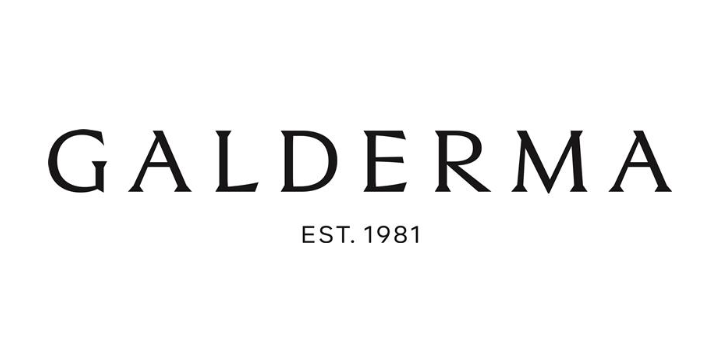For external use only.
Acnecide may cause swelling and blistering of the skin, if any of these symptoms occur, medication has to be discontinued.
In normal use, a mild burning sensation will probably be felt on first application and a moderate reddening and peeling of the skin will occur within a few days. During the first weeks of treatment a sudden increase in peeling will occur in most patients, this is not harmful and will normally subside within a day or two if treatment is temporarily discontinued. If severe irritation occurs, patients should be directed to use the medication less frequently, to temporarily discontinue use or to discontinue use altogether.
Patients should be advised that excessive application will not improve efficacy, but may increase the risk of skin irritation.
Concomitant topical acne therapy should be used with caution because a possible cumulative irritancy may occur, which sometimes may be severe, especially with the use of peeling, desquamating, or abrasive agents.
Acnecide Wash should not come into contact with the eyes, mouth, angles of the nose of mucous membranes. If the preparation enters the eye, wash thoroughly with water. Caution should be exercised when applying Acnecide Wash to the neck and other sensitive areas. Due to the risk of sensitisation, Acnecide Wash should not be applied to damaged skin.
As Acnecide may cause increased sensitivity to sunlight, sunlamps should not be used and deliberate or prolonged exposure to sunlight or UV radiation should be avoided or minimised. When strong sunlight cannot be avoided, patients should be advised to use a sunscreen product and wear protective clothing.
Contact with any coloured material including hairs and dyed fabrics may result in bleaching or discoloration.
Acnecide Wash should not be used in conjunction with other benzoyl peroxide preparations, nor with any other topical or systemic treatment(s) for acne except under medical supervision.
Patients should be advised to cease use and seek medical advice if their condition deteriorates despite therapy, or in cases of a persistent lack of response.
Acnecide Wash is intended FOR EXTERNAL USE ONLY.



